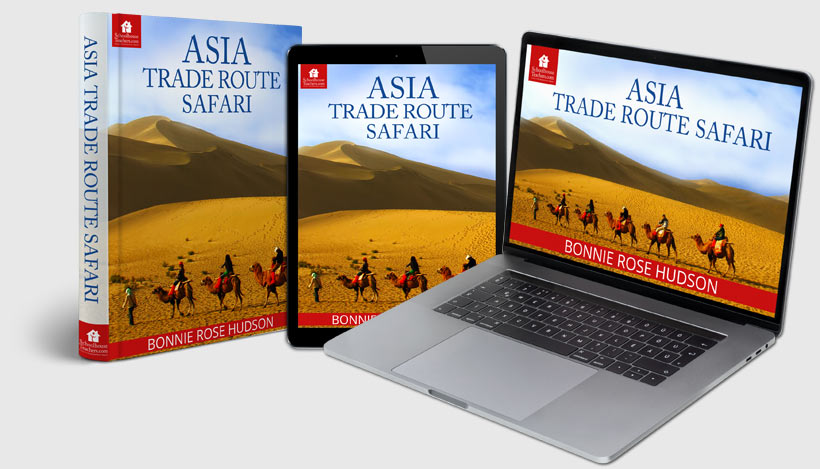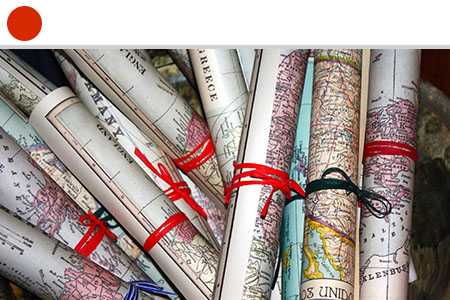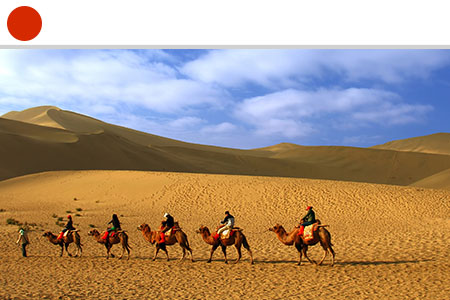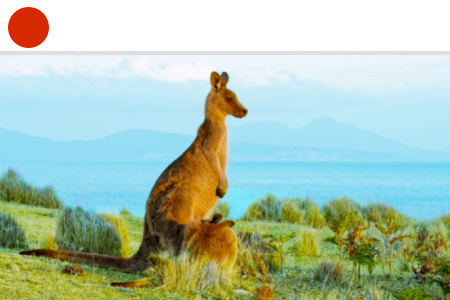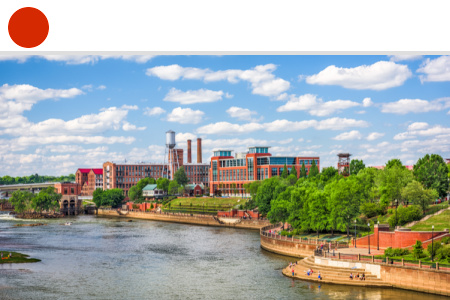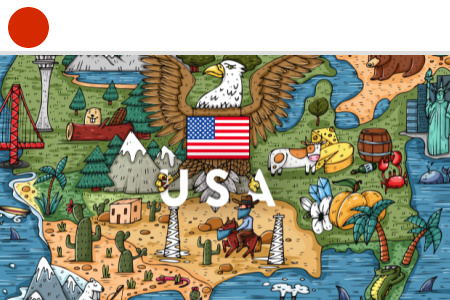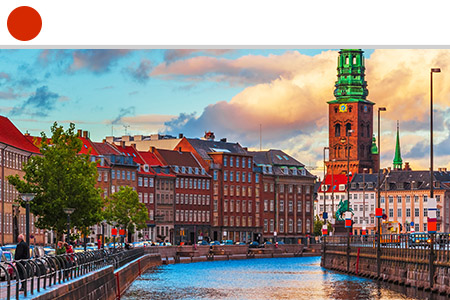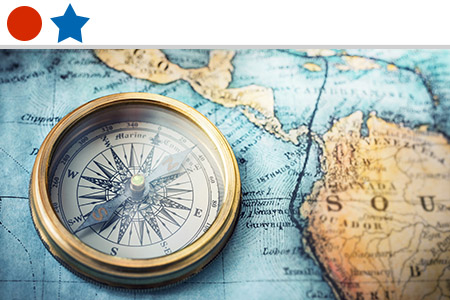Welcome to Our Asia: Trade Route Safari Homeschool Geography Curriculum
Have you ever wondered what the continent of Asia is like? In Asia: Trade Route Safari, a thirty-eight-week text-based course, learn more than you thought possible. In addition to covering Asia from one side to the other, this course beautifully blends other elements of education such as spelling, science, writing, and history. This geography course explores one country and one animal per week. There are printable activities, suggested readings, and answer keys. Students in grades 2-5 will enjoy traveling along parts of the spice route and meeting the people of Asia!
Stay organized and confident in your homeschool journey with the Homeschool Records Center and Schoolhouse Gradebook. Simplify record keeping, track progress, create transcripts, and meet state requirements with printable tools and expert guidance—all in one convenient place.
External links may be included within the course content; they do not constitute an endorsement or an approval by SchoolhouseTeachers.com of any of the products, services, or opinions of the corporation, organization, or individual. Contact the external site for answers to questions regarding its content. Parents may wish to preview all links because third-party websites include ads that may change over time.
Para traducir cualquier página web, haz clic en los tres puntos o líneas en la esquina superior derecha de tu navegador, o haz clic aquí para más información.
Asia: Trade Route Safari
Length: 38 weeks
Content type: Video based
Grades: 2–5
Bonnie Rose Hudson
Related Classes You May Enjoy


